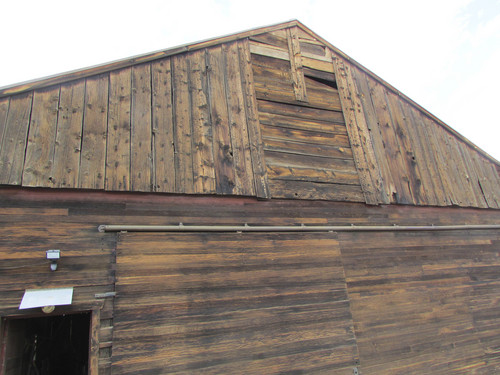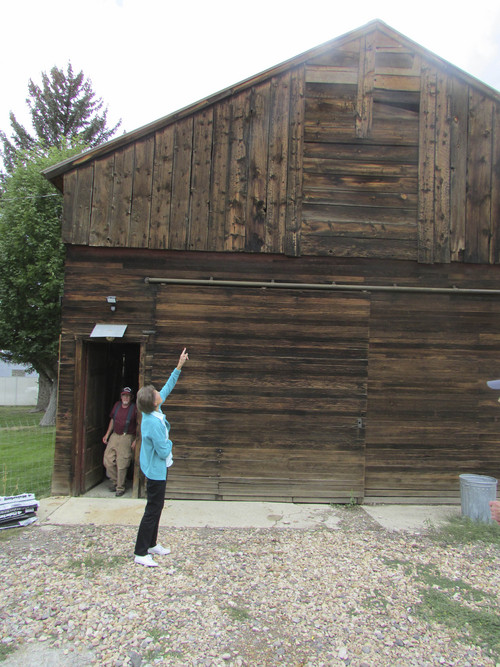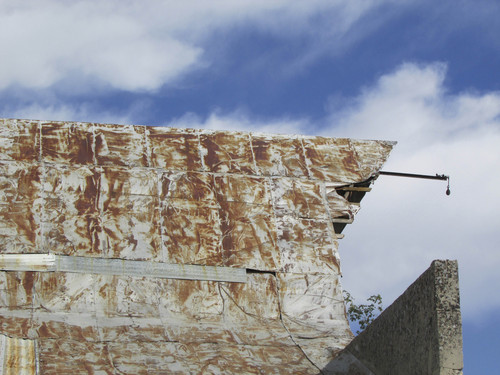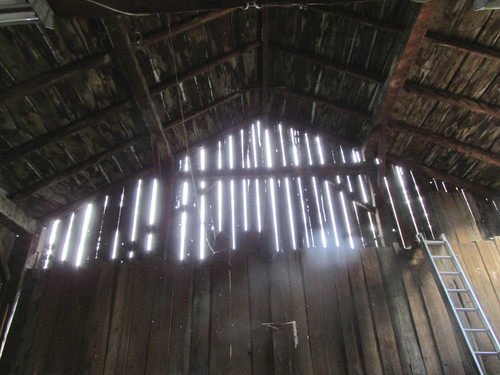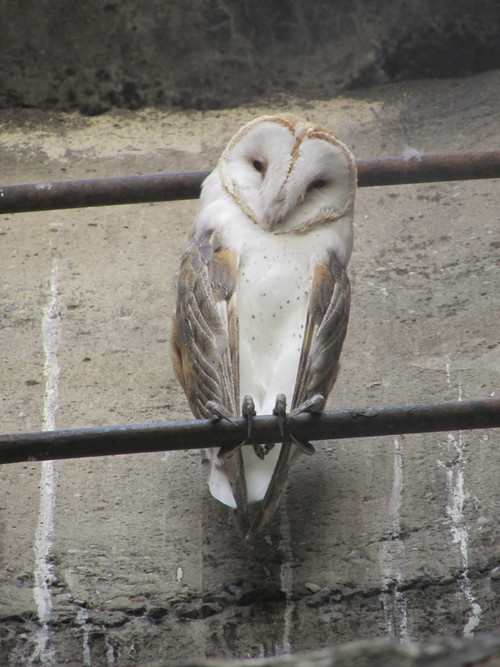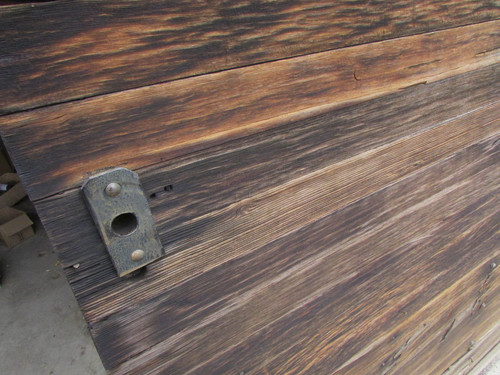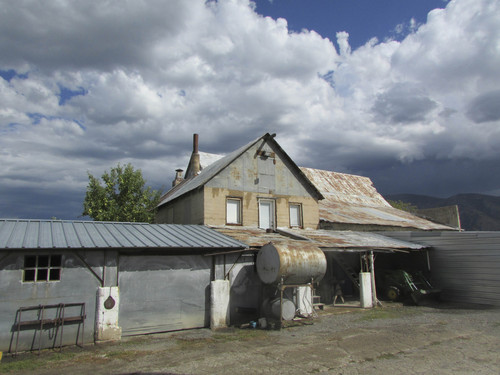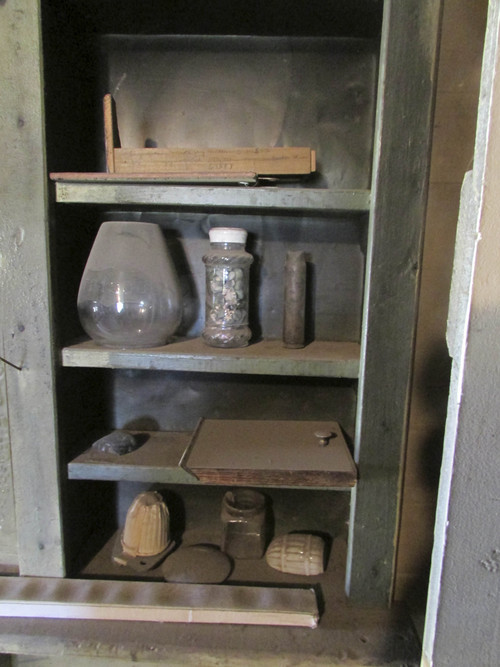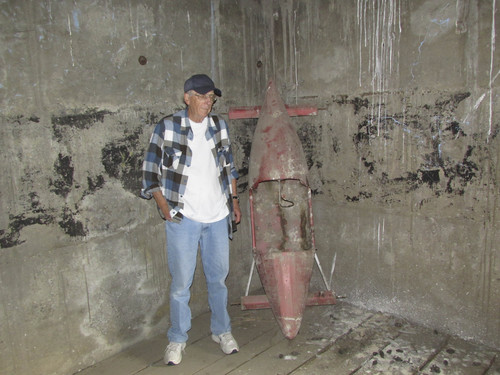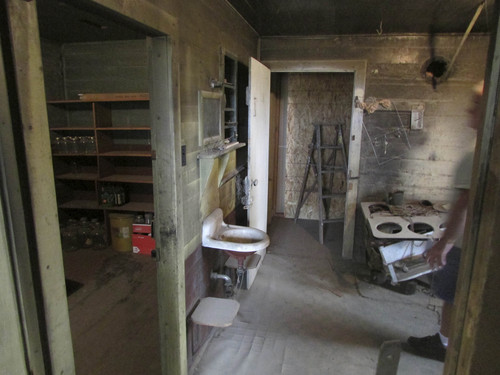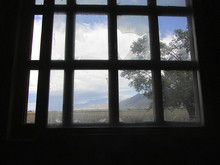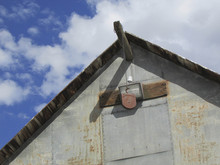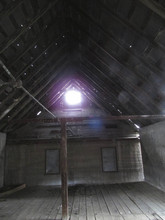This is an archived article that was published on sltrib.com in 2013, and information in the article may be outdated. It is provided only for personal research purposes and may not be reprinted.
Utah's old barns talk to Salt Lake author Doug Mottonen.
And the social worker has been listening.
A hobby that began with him taking photos of old barns turned into a passion. Mottonen began asking landowners permission to get on their property and discovered that they enjoyed talking about the history of the old buildings. He eventually started writing a newsletter designed to tell barn stories and help farmers preserve some of the structures.
Mottonen recently self-published a full color book called "If Barns Could Talk: Stories of Utah Barns."
The book includes tales of structures where Japanese families avoided internment camps by hiding out, about how a barn owner near Park City discovered that hundreds of sheep in Utah's West Desert died due to a release of nerve gas from the Dugway Proving Grounds, how the state's oldest barn served as a de facto jail during the Black Hawk War in the 1860s, how a Draper structure was turned into a museum and how a famous College Ward barn symbolized the use of these farm buildings for advertising.
He and his wife, Myrna, drove thousands of miles in Utah braving irate dogs, zebras and muddy roads to meet with people who love their barns and farms.
"What I found over the years is that if you talked to somebody about barns, it not only told about who they were, but who we are as a people," said Mottonen. "There is a little bit of barn in all of us."
In his journeys, the author and photographer discovered an affinity for rural Utahns who shared their barns' stories intertwined with personal and community history.
"This book is about preservation, courage, sacrifice and who were as a people," he explained. "I got a lot of personal satisfaction from doing this. It was life changing. It gave me a clear idea of what made our country great. Rural Utah — rural America — realizes what made America great. These stories are about courage, sacrifice, hope, friends, ingenuity and about overcoming adversity no matter what it is."
Take, for example, the yarn about what may be Utah's oldest barn, the Seely Barn. Built in 1862 in Mt. Pleasant without the use of a single nail, the structure served as a jail for Native American women and children when Sanpete County pioneers fought the Utes and other area tribes from 1865 until 1872. The conflict claimed the lives of about 75 Mormons and several hundred Native Americans.
These days, the barn still stands on property owned by its builders' descendants, Terral and Glenda Seely. It has been moved three times and today serves as mainly a storage structure. Looking closely, it is easy to see the care it took to build the barn during an era where nails were scarce.
Marlane Seely Harless and Peter Hafen of Mt. Pleasant, who are related to the Seelys, see Sanpete County's and perhaps Utah's first barn as an important link to the area's pioneer heritage.
Hafen, who works as a blacksmith as part of a living history program at Mt. Pleasant Museum, said the barn's story helps educate area youth about the hardships early pioneers sustained to settle the area.
"They have no idea what those people went through," he said. "They were isolated. They had to deal with the weather."
Harless said her dad Roy Seely took pride in preserving the barn.
Another story can be told at the Phillips barn located between railroad tracks and a Mormon stake farm in the western part of Springville. This is where inventor, loner and farmer Jake Phillips purchased some land in 1915 so he could move from the heart of the city. He drained swampland, began building structures and farmed.
Phillips, who lived from 1869 to 1947, never married and by all accounts was a quiet man who often helped people in need.
Former Salt Lake County commissioner Tom Shimizu's family turned out to be one of those who the quiet farmer helped.
Shimizu was 8 years old in 1942 when his family took a bus from its home in Los Angeles to join relatives living in Jake Phillips' barn. He remembers the culture shock of coming from a bustling city to live on a remote country farm.
About 13 members of two Japanese families lived in the upper part of the barn now owned by Michele and Rick Dugdale to avoid living in an internment camp such as Topaz near Delta. Shimizu isn't sure how the family ended up in Springville, though Michele Dugdale said Phillips, her relative, was good friends with a Japanese onion farmer in the area.
Shimizu recalls seeing Phillips, though the farm owner was a loner who seemed to want little interaction with the families he was hosting. The former county commissioner said he was too young to realize the nature of why the family lived in Springville. He was sure his father didn't want to move from Los Angeles, where he owned a thriving nursery that sold plants and flowers. But he thought his dad wanted to avoid the camps.
Touring the Springville barn with the Dugdales provides a trip down memory lane. A barn owl takes turns living in the upper area where the Shimizus resided, moving sometimes to the nearby cement silos. Many of Phillips' inventions, including an old drill press, are stored inside. Phillips' living quarters are also somewhat intact, with old canisters, a baby pram, an old gravity-powered red kids' race car and a shaving sink and mirror still intact.
Michele Dugdale would eventually like to turn the area into a museum, though a fight with the city of Springville and the Union Pacific Railroad has left the right of way into the property in question. Currently, the LDS Church stake allows access to the barn on a dirt road.
"For being next to a railroad, this is the most peaceful place on earth," said Michele, who said Jake did much with little recognition to help the city of Springville and his neighbors.
Mottonen listens to these stories of the barns quietly and at times seems almost invisible when taking a tour.
"The story about Jake Phillips, a great man in his own right, is also a story about our history and who we are," said the author.
And, in writing about Utah's most famous barns as well as unusual farmers in his colorful book, Mottonen has done his best to use Utah's barns as a way to tell stories about the state's history.
Twitter: @tribtomwharton


